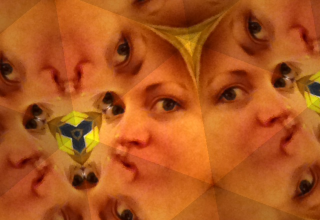
Introduction
The term ‘collective intelligence’ is commonly understood to be a reference to intelligence that is developed, discovered, or derived by a group. Wikipedia describes collective intelligence, not as a product, but as a theory describing intelligence that emerges from the contribution of many people. An example the author of the Wikipedia description provides for collective intelligence is a political party. In the United States, people elected to office are usually affiliated a specific political party. The members of the party develop ideology reflecting the party’s belief system. Once in office, the ideologies of the party are used as a basis to govern.
Many people contribute to the ideology, platform, and political treatises developed for governing a population. The elected government then uses those forms of intelligence to develop informed opinions and more intelligence. Using this context, we can identify some recognizable collective intelligence products created by a group such as the United States Constitution, laws passed by Congress, and opinions expressed by Supreme Court justices.
In this paper, three possible categories of collective intelligence will be proposed: Evolved Intelligence, Autonomous Collective Intelligence, and Collaborative Intelligence.
Evolved Intelligence
There is a case for claiming that most of our known intelligence falls is Evolved Intelligence. It’s difficult to negate that intelligence originally developed by a single person but built upon, evolved, and modified by others is collective. If the requirement stating that a group needs to engage concurrently with one another in order to create collective intelligence is omitted, then its viable that most known intelligence, developed as ‘Evolved Intelligence’ is collective intelligence.
For example, Albert Einstein developed the Theory of Relativity. This theory opened the gateway for the discovery and development of other theories, especially those related to Quantum Physics. An example in psychology is the work of Sigmund Freud. Although, some of what he hypothesized and stated was erroneous, much of what he put forth became the basis for theories and studies by other psychoanalysts and psychologists.
Download Article 1K Club

















